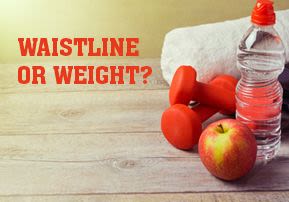
Waistline or Weight?
Fad diets will help you lose weight – the body is willing to surrender muscle mass with ease; that's not what we want! We want to burn fat...

Most people want to lose weight, and they want to do it effortlessly. There's one major problem with "effortless" weight loss: one loses hard-earned muscle mass, and the strength and metabolic advantages that accompany it. That's not something you want to do: muscles play a pivotal role in boosting our metabolism and immune system, as well as increasing bone strength and actually facilitating weight loss. How? Muscles burn 250% more calories that fat does!
The better way to measure your body is to go by the breadth of your waistline (tightness of your clothes or the hole in your belt), rather than using the scale. The reason is that muscle is 22% more dense than fat. In other words, you could theoretically have two people of the same height; they weigh the same, but one is chubby with a 38" waistline and the other is fit with a 34" waistline. The fit guy is much thinner than his flabby friend, but his muscle weighs more.
Modern fad diets lead to surrendering strategic and vital areas of the body. It's no problem to lose weight – the body is willing to surrender muscle mass with ease; that's not what we want! We want to burn fat.
So what do we do to burn fat?
Secular science goes to extremes and makes you crazy: T. Colin Campbell and The China Study will tell 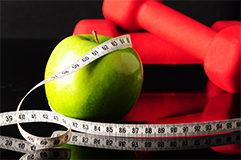 you to eliminate all fats, especially animal derivatives. Weston Price recommends the total opposite – a high animal protein and fat diet. What do you do?
you to eliminate all fats, especially animal derivatives. Weston Price recommends the total opposite – a high animal protein and fat diet. What do you do?
In general, follow the Rambam, and listen to a Torah-schooled personal fitness trainer who can help you apply the Rambam's advice to your daily lifestyle. But, I'll give you some simple steps to take that will make dramatic changes in the way you look and feel:
1. Get sugar out of your life, especially white sugar! I suggest that you also curb honey. Limit your fruit intake to two servings a day.
2. Get white flour, empty carbohydrates (junk food and snacks); get the cakes and cookies out of your life. If you want to snack, then eat veggie sticks or dried, unroasted nuts and seeds.
What's the rationale of the above two bits of advice? You'll accustome your body to burn fat instead of carbohydrates.
Many of the fad diets have penetrated the Observant Jewish world, which is infamous for unhealthy eating especially on Shabbat. After Shabbat-morning services, many partake of a "Kiddush" that includes liquor and pastry, followed by a meal of white Challa, potato and noodle kugels and cholent, and more cakes, roasted nuts and parve ice cream for dessert.
Sure, many "victims" of the fad diets have lost tons of weight. But they don't exercise. Their bodies therefore look like big empty burlap sacks draped on bone. At least when they were fat, their muscles had to work to carry the extra weight. But now, nothing. No muscle tone, just empty flab.
Modern society has become so focused on weight loss that any weight loss seems to be good. It certainly is not. You look better and feel better when you increase your muscle-to-fat ratio. To do that, you'll have to exercise and give your body the necessary building blocks – adequate protein – that it will need to build muscle. In other words, by exercising and increasing caloric intake – especially with quality protein and good HDL-producing fats – you gain muscle without adding a millimeter to your waist or hips. In fact, your trousers or skirt fits better than ever.
The impressive initial weight loss of the "effortless" fad diets comes from losing the strategic and vital area of your body – your muscle mass. Therefore, the goal of dieting should be to improve body composition, the percentage or ratio of muscle to body fat. You do that by losing fat without losing muscle tissue. Maintaining and even increasing muscle mass is critical to weight control, because the more muscle you have, the more calories you burn.
What's more, as you exercise and add resistance/strength training to your routine, you can actually look thinner and have a smaller waistline, but the scale shows that you gained weight! How can that be? Simple – muscles take up less space in your body, so body weight may stay the same or even go up as you add compact, tight muscle mass. In density, muscle is 22% more dense than fat. In other words, if you've been doing strength and resistance training, your waist is thinner, your skirt or trousers fit great, you look and feel great, but you weigh more! Maybe at 145 lbs., you could only do 20 pushups, but now at 155, you can do 50! Yes, you weigh more but you're a lot healthier. Keep on liftin', bro and sis, and put the bathroom scale in the closet!
Forget about your weight and just be strong and healthy. If you want to focus on your diet and training progress, focus on your waistline and your levels of strength and flexibility. When you eat right – as natural as possible – and exercise, you'll burn fat and build muscle anyway. G-d willing, I hope to post more body-health and fitness pointers in the near future. Meanwhile, stay healthy!


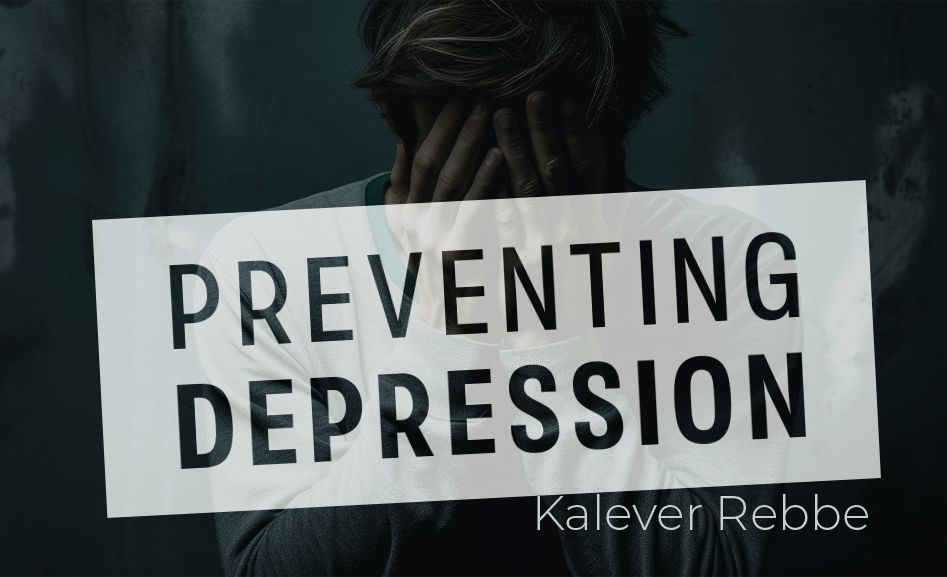
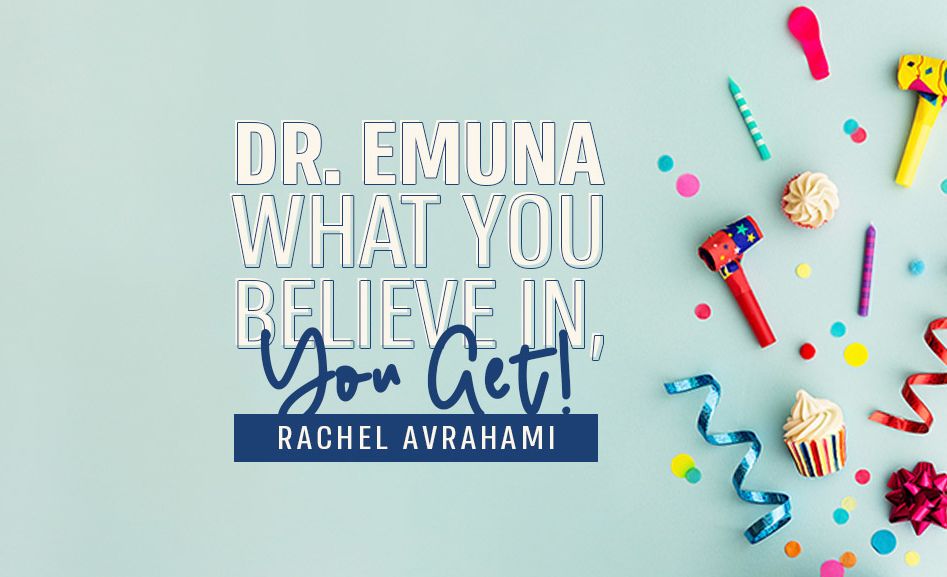

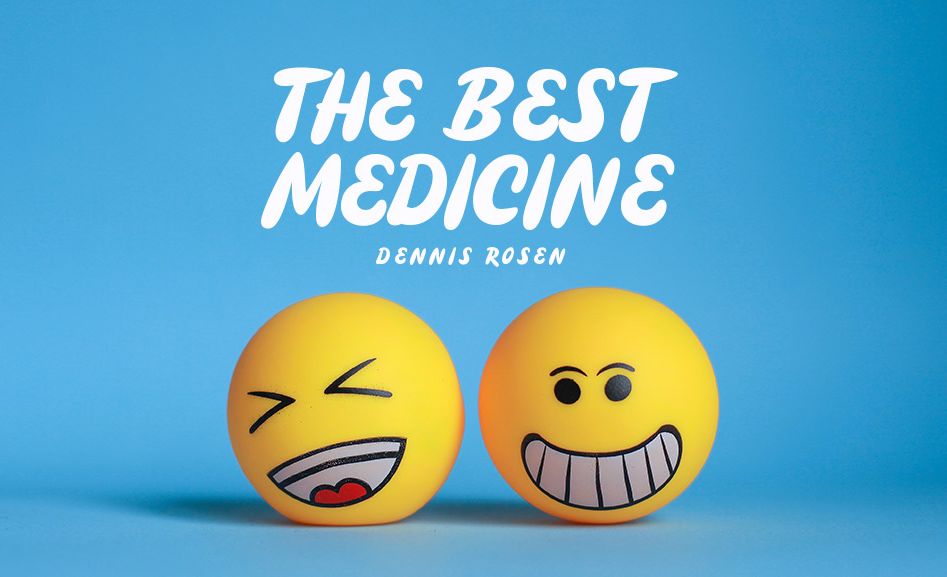
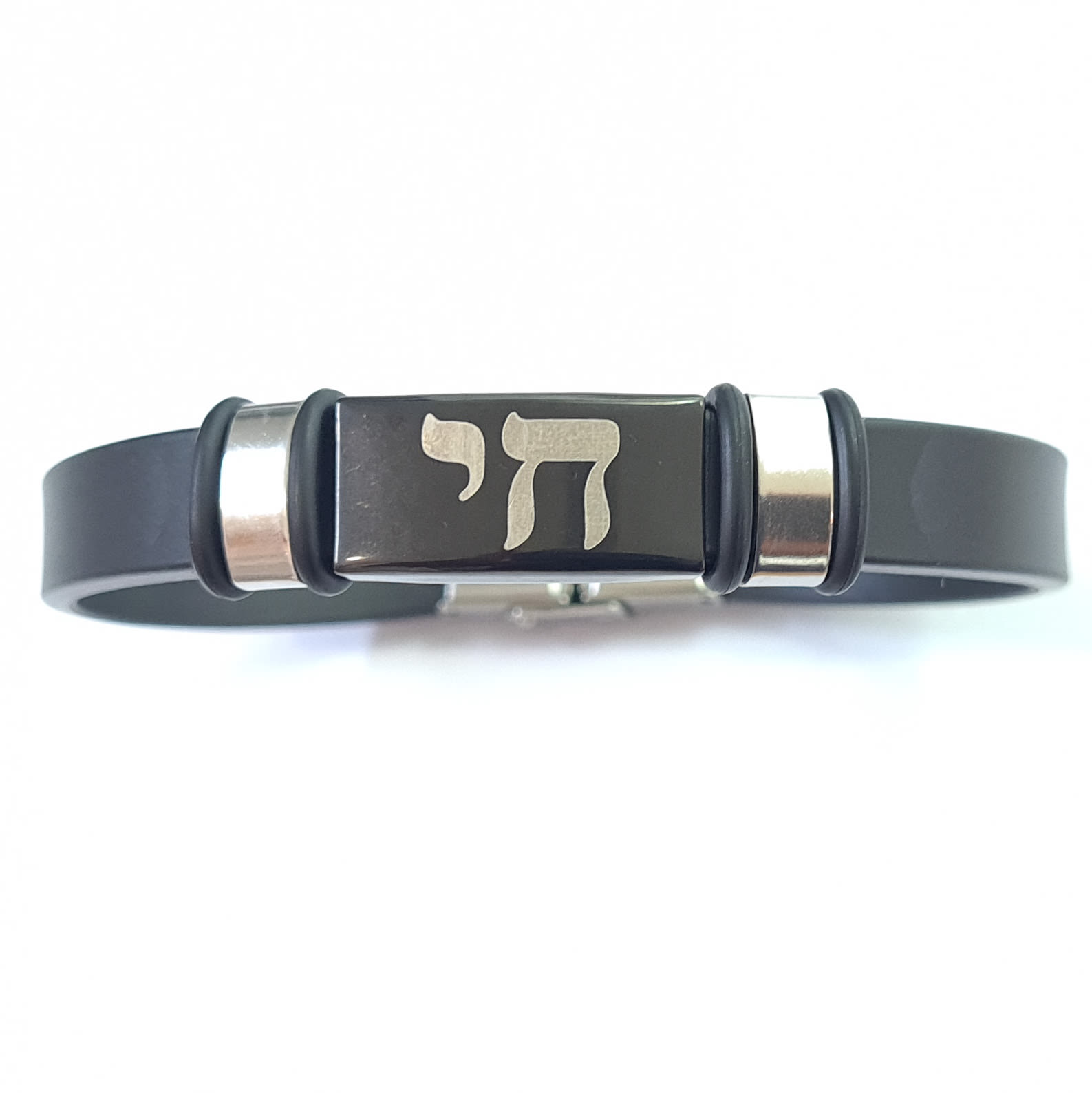
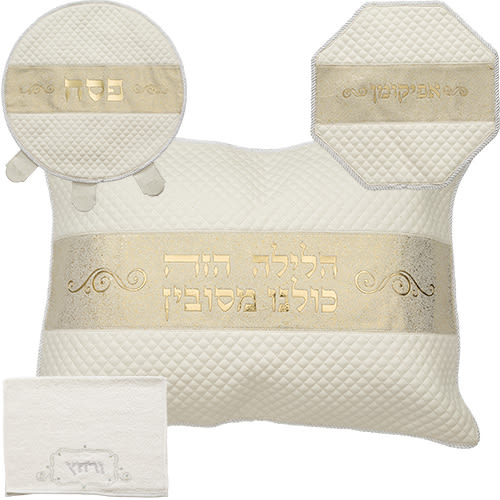


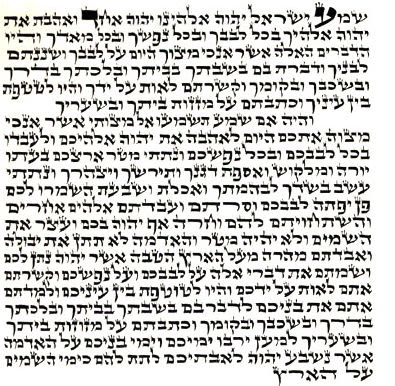

Tell us what you think!
Thank you for your comment!
It will be published after approval by the Editor.